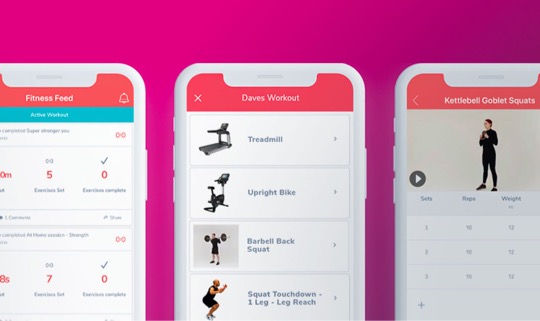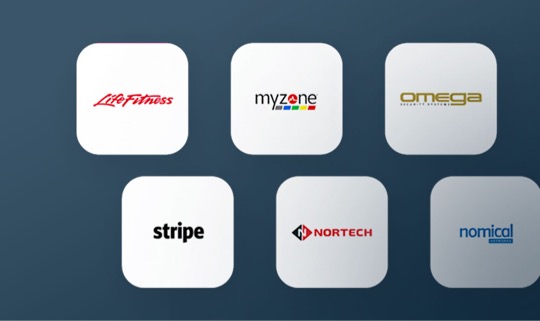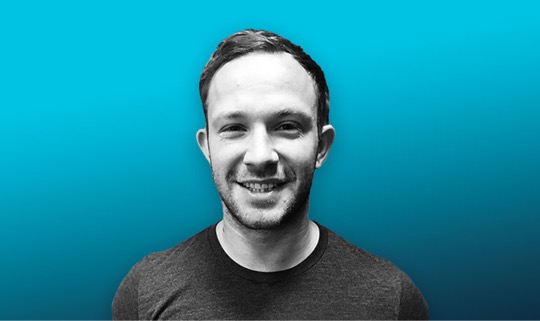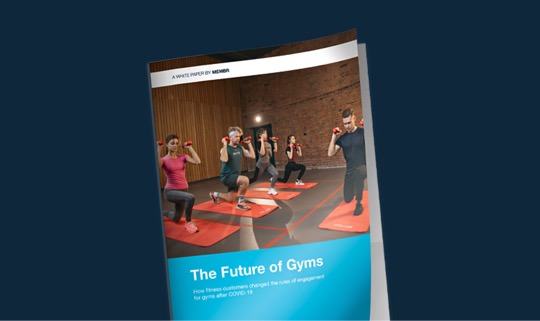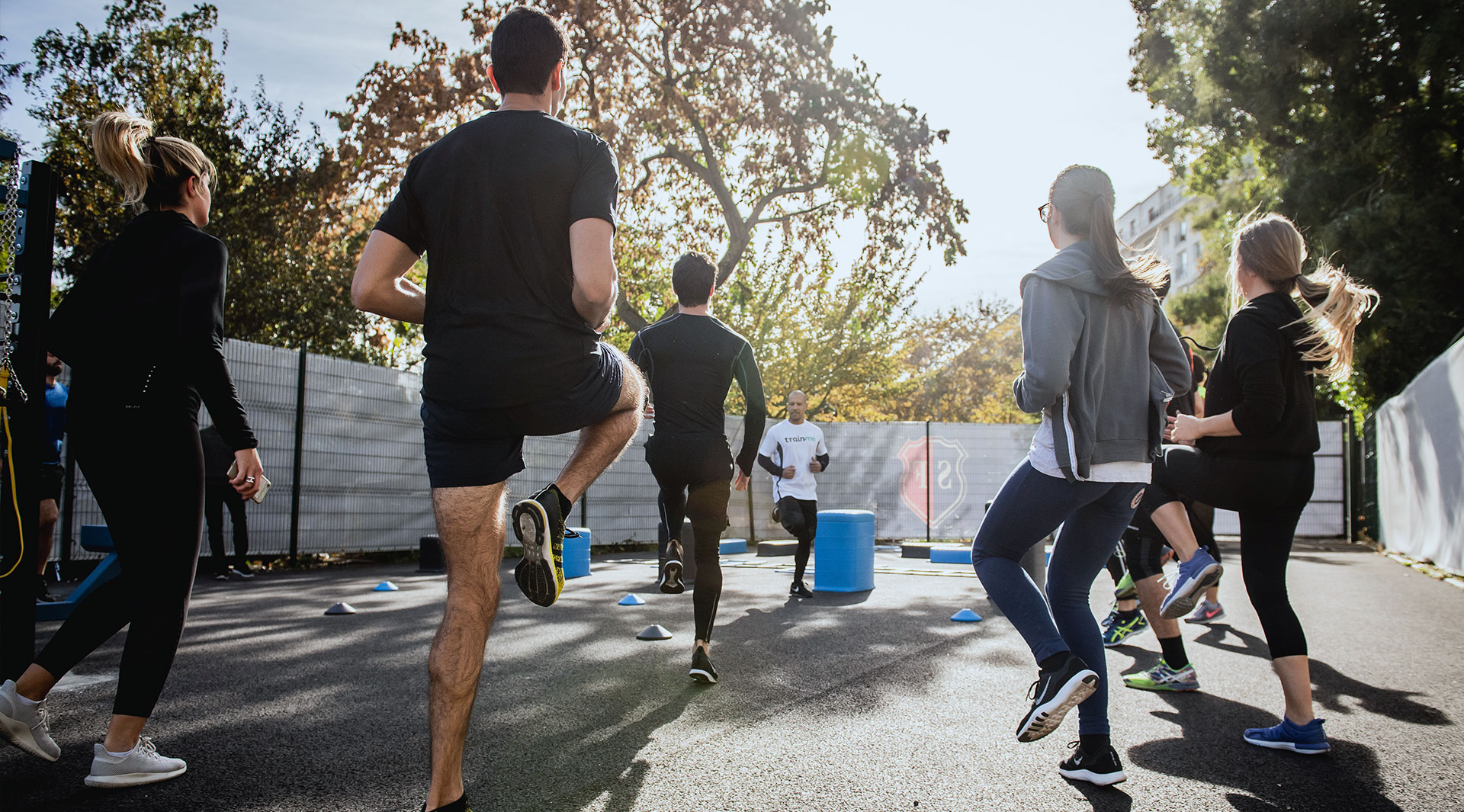Ten years ago I had what was probably my most enjoyable job ever. Don’t get me wrong I love — that’s with a capital L — running Membr, but being a self employed personal trainer in my early 20’s probably tops it.
I was self employed, picked my hours around playing rugby and had a great group of clients. Never did it feel like I was going to work. I was just getting paid to hang around with my mates and help them smash their fitness goals, something I was hugely passionate about.
Fast forward 10 years and go to any commercial gym: there will only be a few trainers who feel like a felt about being a PT. Unfortunately, there will be many more that are wondering why they ever made the move into the fitness industry and already pondering their next career move.
The pandemic really has changed our industry in many ways, but could this be the straw that breaks the horses back for the traditional, self employed PT model? I really think it might be.
The current PT model
For those of you that are in the industry, the self employed PT model is rather like a hairdresser renting a chair. You pay a monthly rent to work in the gym and then you are responsible for finding your own clients. In many cases now you don’t even have to pay rent, you simply work hours for the gym in lieu of the rent payments.
So what’s not to love about this as a PT?
On the face of it, this is awesome. As a self employed PT starting out, I’ve got bags of time, so giving a few hours a week to keep my rent cost down is ideal. But as I grow my business and become full, these hours are more valuable to me and switch to paying rent, since this point I’ll be doing 30 hours of PT a week, so who cares about the £400 per month rent payment right?
Obviously this works as a business model for some PTs and I know a few that have had career changes, joined the industry and made this a huge success. However, I know hundreds more that didn’t make it work.
The unfortunate reality is that starting off as a self employed PT on a gym floor, where members see new PTs come and go every week, is pretty hard.
Some make it work, of course, but for many others it’s just too difficult. What we are asking people to do is re-train (where often the courses are delivered in a number of days) and start a business in an industry they have never worked in – what other industry would ever do that?
I know that there are some amazing examples of self employed PTs working, so take what I write with a pinch of salt. However, I think we are about to ride a perfect wave to end the model forever.
IR35 cracking down on businesses with full-time self-employed staff and the overnight explosion of digital fitness could continue to drive a decline in the self-employed PT model, but there is another factor that might see it end almost overnight.
Looking between the lines
A couple of weeks ago Uber finally lost their 4 year court case with two London based drivers who claimed that they were not self employed and therefore were initialled to the benefits that come with emplacement.
This ruling is highly likely to also impact the the fitness industry. Self-employed PT models could come under scrutiny in the future if gyms continue to exchange rent for hours worked, set pricing structures and essentially try to manage these trainers without them becoming employees.
Over the last 10 years when speaking to trainers about the rise of digital platforms and tools, many of them have been wary of being replaced by it.
Any trainer that believes they can be replaced by an automated fitness app or content needs to have a serious think about the quality of their sessions and the value they are creating for members.
Delivered well, personal training is single handedly the best way to help exercisers to get fit.
Whether that’s in a one to one environment or group environment might change based on the motivation of the member, but the customised service that a member should get from a personal trainer can not be rivalled.
The issue we currently have is the quality of some PTs service delivery is so poor that it can actually be replaced by automated content.
But before this blog post turns into a complete rant, as I could go on forever about why the current PT business model needs to change, I’d rather start looking at what we can do to move forward!
The Future of PT
The first change, which is the most important and most difficult, is moving to an employed personal training model and there are many ways to do this.
Having basic pay and additional payments per session is the most obvious and lowest risk way to implement this change, yet could we go further?
Imagine a world where we actually paid trainers on results... what would that look like?
We must employ our trainers and pay them properly, they are the lead singers in our bands and should be paid accordingly.
We need to think about what we want as gym operators and members, and align a business model around that. For operators the revenue generated from PTs is surely not actually as valuable as the engagement and retention.
We need to change the model to be based on penetration, not revenue. To ensure we have alignment between the motivations of our trainers and operators we need to switch our focus, goals and what we remunerate trainers on based on the number of members they support and if possible the results of these members, not simply the number of members they can sell 1-2-1 PT services to.

None of these ideas are ground breaking but we have plenty of tools available to us that could help us broaden the number of members who can access support from our PT’s:
- 1-2-1 model: Please do not excuse my damning remarks about our PT business model as a representation of what I think about 1-2-1 PT as a tool to help members achieve their goals. Since this is simply the best tool we have, it just needs to be delivered in a way that meets the premium price point that we charge for it.
- Small group training: Group members together based on goal and fitness levels and help them achieve that goal in a massively motivating group environment. This is an obvious but great way to allow trainers to deliver support on a more affordable basis.
💡 Have a think about how you can drive engagement between the members between sessions so they start to feel responsible and accountable to each other: a great way to create the sort of relationships that drive long term exercise participation.
- Large group training: Don’t confuse this for group exercise, large group training — although not as individually specific as a small group — can be an amazing way to create fun and engaging goal focused sessions. These must be chargeable and focused on a specific goal. Delivered enthusiastically this can be an amazing way supporting members to achieve their goals at a price point that most can afford.
- Entry level digital support: In a post pandemic world it’s fair to say most operators are thinking about implementing or improving on their digital offerings within the facility. There are now so many great products on the market that allow operators to deliver a variety of offerings to engage with their members on a different level. If being delivered for free as part of the membership, it’s important to consider what level of support & content you are able to give on a consistent basis. If members have the motivation to exercise, but require education on what they need to do to achieve their goal, simply following programmes created for them every three months, or even using an algorithm, can be enough to keep them on track and achieving what they set out to achieve.
- Chargeable digital services: At a certain level of service delivery it’s important to not over-deliver to your members who are engaged digitally but not paying for this service. Offering personal plans, check-in sessions and ongoing communication is something that can be delivered via most digital platforms, but we have to value our trainers’ time enough to charge for this level of support. Having the ability for members to pay a small monthly fee for digital access to a trainer’s knowledge and support is an amazing way of trainers scaling their knowledge, so that it is cost effective for members.
This is absolutely not an extensive list of the different ways personal trainers can help members achieve their goals, but it does form a starting list of the different options that are available to us beyond 1-2-1 PT as long as we have the right staffing model.
The Magic PT Formula
If we shift towards an employed PT model with few but much better quality trainers that are put in an environment where they have the tools to support your whole membership base, the results will be endless but none more so that the positive impact on your retention.
There is a big jump from having an employed PT model to an increased length of stay, but all the data available to us shows a direct correlation between:
Member engagement > Visit frequency > Length of stay
This could be the biggest positive commercial outcome of getting this right but the benefits really are endless, both for operators and trainers, but most importantly our members.
- Align goals on member engagement: Once the focus shifts to the goal to increase the penetration rate of our multiple offerings, this will finally allow for alignment between trainers, operators & members.
- Create a sustainable and motivating model for trainers: Trainers can begin to focus on supporting members to achieve their goals rather than focusing on how they can pay their bills next month.
- Drive retention of the wider membership base: Once the engagement levels increase, this will naturally impact visit frequency and ultimately boost retention.
- Embrace – not compete – with the rise of digital offerings: Digital fitness is here to stay and most of us will agree on that, having the right PT staffing model will allow us to capitalise on the massive benefits that it can bring.

